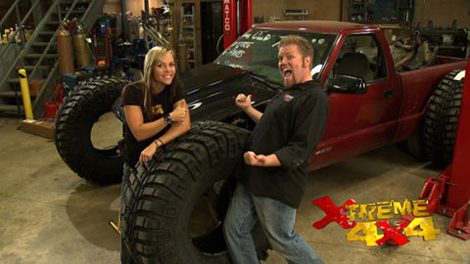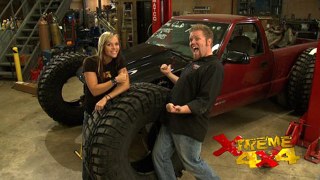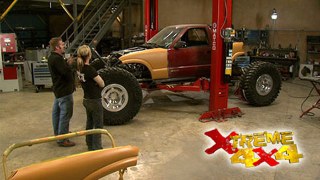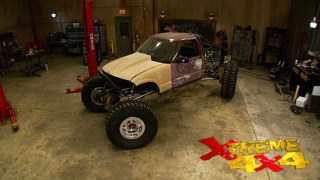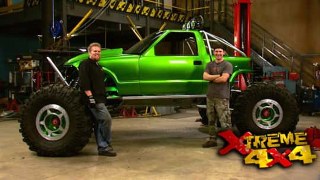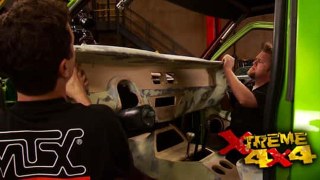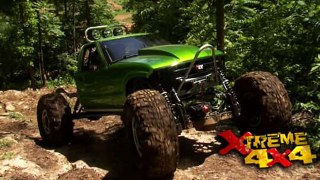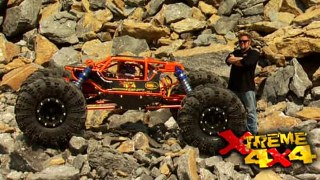Parts Used In This Episode
Bob Hook Chevrolet
Engine Accessory Drives.
Chevrolet Performance
RamJet 502 Crate Motor.
Crawl Magazine
Crawl Magazine.
Mickey Thompson
46" Baja Claw Tires.
Miller Electric Manufacturing Co.
Millermatic Auto-Set 140 Welder.
Summit Racing
16 gal Aluminum Racing Fuel Cell.
Warn Industries
Powerplant HD Winch.
